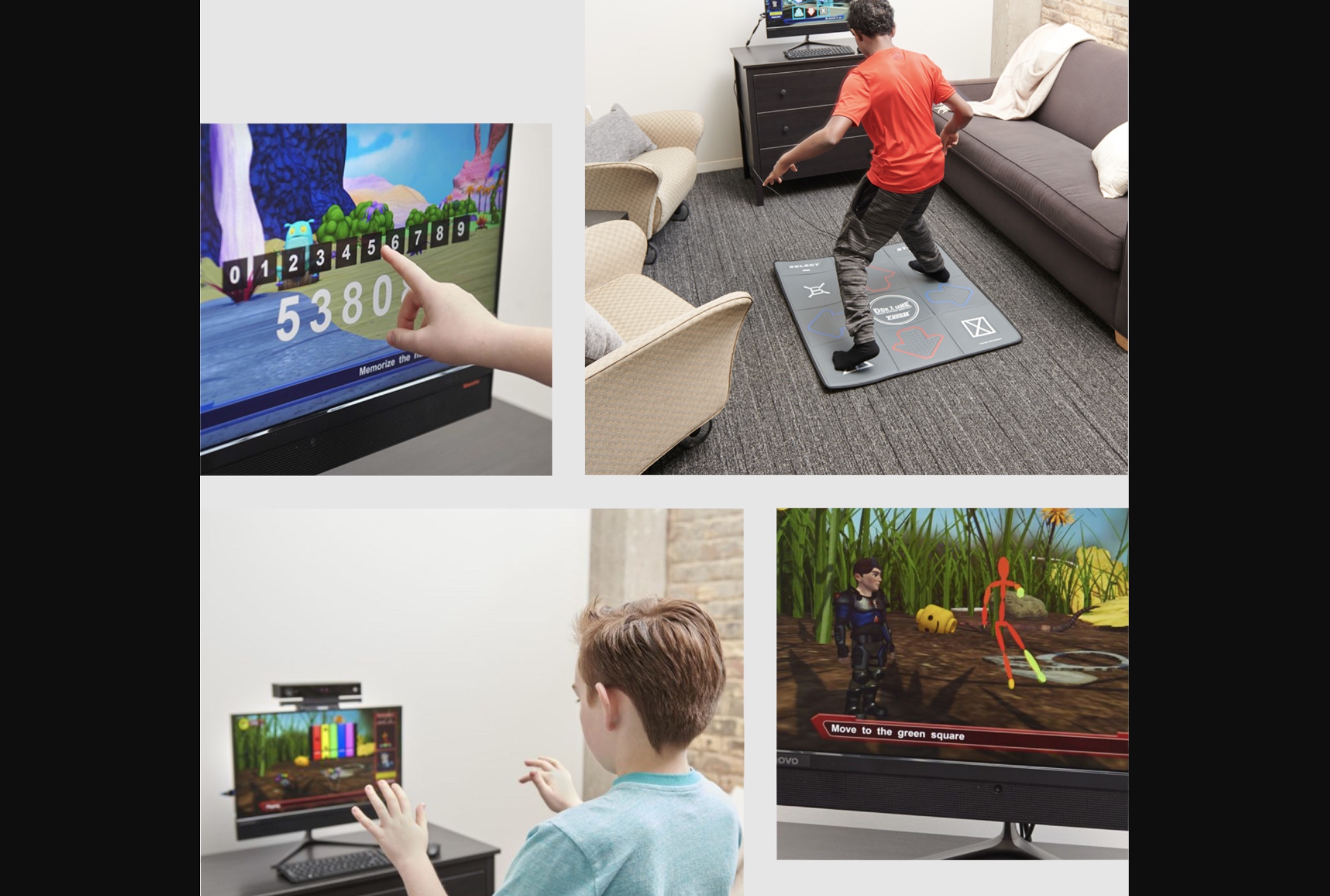In an important new step for gaming and after struggling for years to help her child, Dolly Lowery partnered with chiropractic neurologist Nelson Mane to develop BrainyAct, a video game experience that retrains the brain.
“Over the past ten years, I’ve logged hundreds of hours sitting in waiting rooms. I have seen the hope and the hopelessness. I have been the hopeful and the frightened. I have tried, again and again, given up, and tried again,” Lowery writes of her struggle.
However, the years of attempting to help her child inspired her to create a therapeutic game. BrainyAct utilizes the same technology as the Xbox Kinect to teach children with learning disabilities life skills.
How it works
Children interact with BrainyAct by making specific movements with their hands that are picked up by the device and mimicked on the screen. Additionally, a floor pad, similar to those used in the famous early 2000s video game Dance Dance Revolution, interprets the movement and placement of the child’s feet.
According to Lowery, one child who struggled greatly with reading saw significant improvement after using BrainyAct. It took only four months of engaging in activities like balancing on one foot while nudging a ball along a track and swatting virtual bugs for the child’s reading to improve.
“Higher skills like reading depend on motor skills. That’s where most kids with learning disabilities struggle,” states Lowery. “If a child misses crawling, they miss visual motor skills, bilateral integration, near vision, far vision. We go back and fill in those gaps.”
Therapy is often costly and according to Lowery, BrainyAct is considerably cheaper long term. However, parents will have to pay $2,970 to 3,800, a considerable sum for many families. And that’s before the $750 fee for renting in-home equipment. Unfortunately, for parents of children with autism, ADHD and dyslexia, inexpensive forms of therapy are virtually non-existent at this time.
Therapy in Web3
As Web3 technologies progress, one can only hope that better and cheaper therapeutic solutions will arise. Already the metaverse has begun to show its potential for healthcare. Orama VR launched its MAGEs SDK, which allows companies to create VR medical training earlier this year. Similarly, DeepWell Digital Technologies was founded in March with the goal of creating therapeutic games.
Jack Brassell is a freelance journalist and aspiring novelist. Jack is a self-proclaimed nerd with a lifelong passion for storytelling. As an author, Jack writes mostly horror and young adult fantasy. Also an avid gamer, she works as the lead news editor at Hardcore Droid. When she isn't writing or playing games, she can often be found binge-watching Parks & Rec or The Office, proudly considering herself to be a cross between Leslie Knope and Pam Beasley.



































